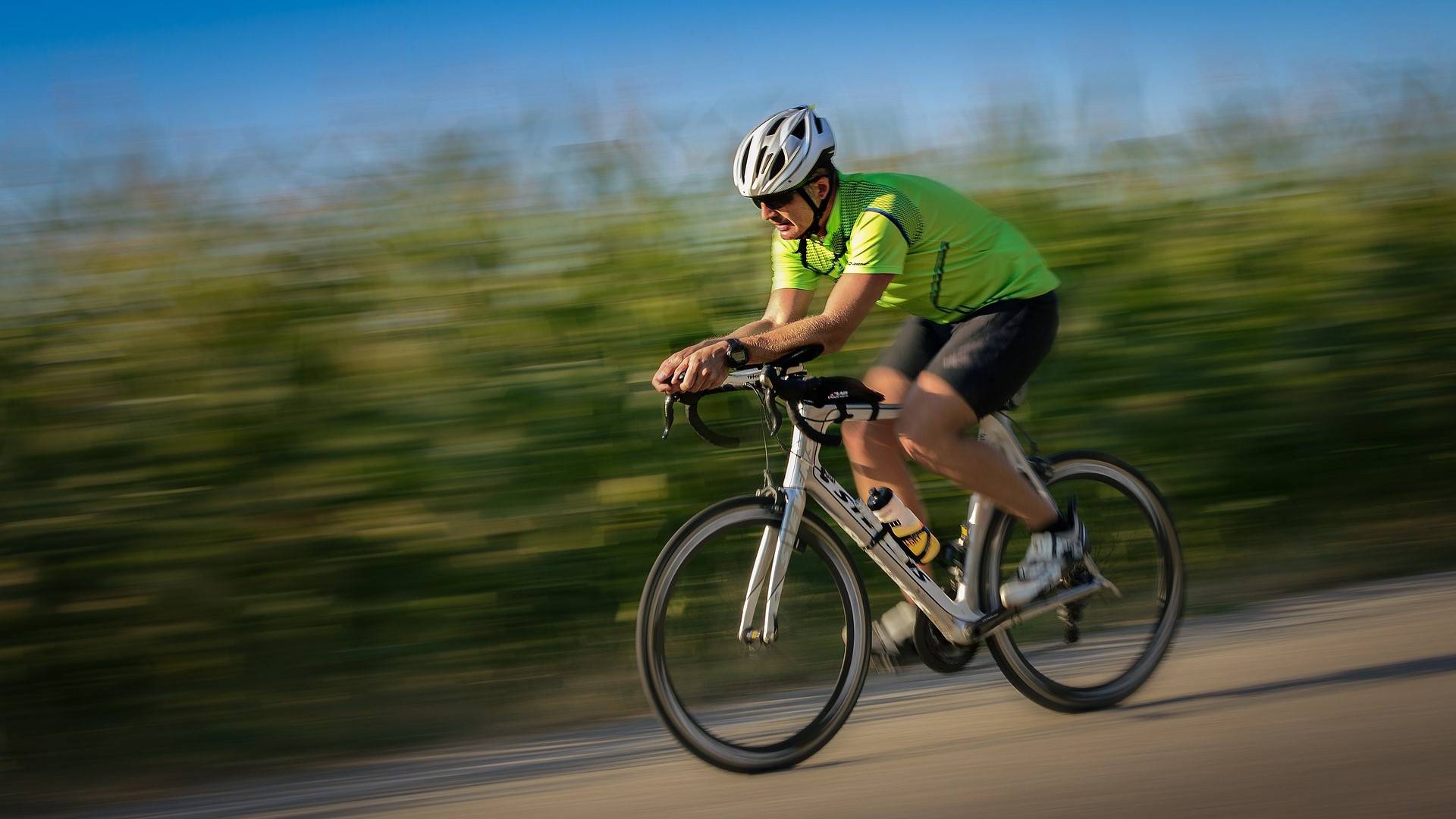With the turn to the warmer and longer days of spring, a new phase of training begins for most athletes. Above all, cycling training is increasingly being relocated outside and is gaining in importance. In terms of training methods, this overarching increase in scope and quality marks the transition to preparatory period 2 (VP2) or build-up training (build phase). We show you how to take your training to a new level in VP2.
The foundations have been laid
Winter time = basic time. The main focus of the previous preparation period 1 (VP1) was training in the basic aerobic endurance area. But not exclusively - basic training aims at all conditional abilities! The further development of technical and coordinative skills as well as strength and mobility increase the quality of the basic training considerably ( > Post: Basic training, but right ).
Swimming training in particular suffers from the corona-related restrictions. Unfortunately, there is no substitute for "water time", but swimming-specific strength and rope training can compensate for the loss a little. If you don't want to start from scratch, you should integrate a pulling rope unit into your training at least twice a week in order to hopefully soon be able to gain meters in the pool or in open water again.
Now it's getting more specific
The aim of the now beginning preparation period 2 (VP2) is to develop the highest possible level of endurance and to prepare the body for the later intensive competition loads. For training, this means the increase in training load in terms of volume and intensity.
As already described, the weekly volumes are being increased primarily due to the increasing number of bike rides. But in terms of quality, the motto is now more and more: get out of the comfort zone. Increasing proportions in the more intensive training areas are increasingly being integrated into the training plan ( > Article: Training areas in triathlon ). The methods of the individual training units are geared even more specifically to these training areas: pace changes, intervals and strength endurance elements give the individual training unit the right impulse for targeted form building.
triathlon.de training expert Stephan Schepe: "If you can't keep an average of 4 for 1 km, don't expect to run the 10 km in less than 40 minutes in a competition."
But beware: the transition from VP1 to VP2 is not a switch that is simply flipped in the training plan. Basic aerobic endurance training remains an important part of VP2, but the more intense forms of training are weighted more and more over the course of several weeks. The duration of the VP2 is approx. 10 to 12 weeks - depending on the overall periodization, competition focus and objective ( > amount: training structure & periodization ).
The focus of the training units is still most on the individual disciplines themselves - the aim, as described, is to develop the speed potential over the course of this training period. Coupling training (especially cycling and running) should be regularly integrated into the training plan from the second half of VP2 at the latest in order to increasingly prepare the body for the complex, competition-specific load structure.
block training
A special but very effective form of training is the so-called block training. As the name suggests, the aim is to combine several training units into one block in order to achieve a higher training effect and a rapid increase in performance.
The classic block of training that most athletes are familiar with is the training camp: it usually lasts one to two weeks, with significantly increased volumes, especially when cycling. After a week of relief after the training camp, you notice a significant increase in performance. Mallorca, Lanzarote or Fuerteventura are the classic destinations for a quality training camp under the southern spring sun.
But you can also set short, effective training blocks at home - whereby the focus of a training block can be designed very differently. Here are a few examples:
- Block training by scope: e.g. 3 days of cycling blocks (Friday: 60 km, Saturday: 90 km, Sunday: 120 km), effect: kilometers in the legs
- Block training through frequency: eg 4-6 training units/week in one discipline (swimming, cycling or running), the other two disciplines are deliberately weighted less than the respective focus discipline, effect: strong performance leap in the individual discipline
- Block training through intensity: E.g. the focus of the week is predominantly short, hard training units, mainly based on intervals, small volumes (in one discipline or two disciplines in a 2:1 or 3:1 rhythm = 2 or 3 stress days followed by a relief day). Caution: only for advanced users and/or under the supervision of a trainer.
This compact series of similarly structured training stimuli makes this form of training very demanding and must be combined with regeneration phases (relief days) after a corresponding block. Only during regeneration does the body build up the increased performance potential. Block training is less relevant for beginners because it requires certain basics and training experience. The risk of overloading (overtraining/susceptibility to injury) should not be underestimated. However, advanced triathletes can incorporate targeted training blocks into their spring training and give their form a real kick forward.




















